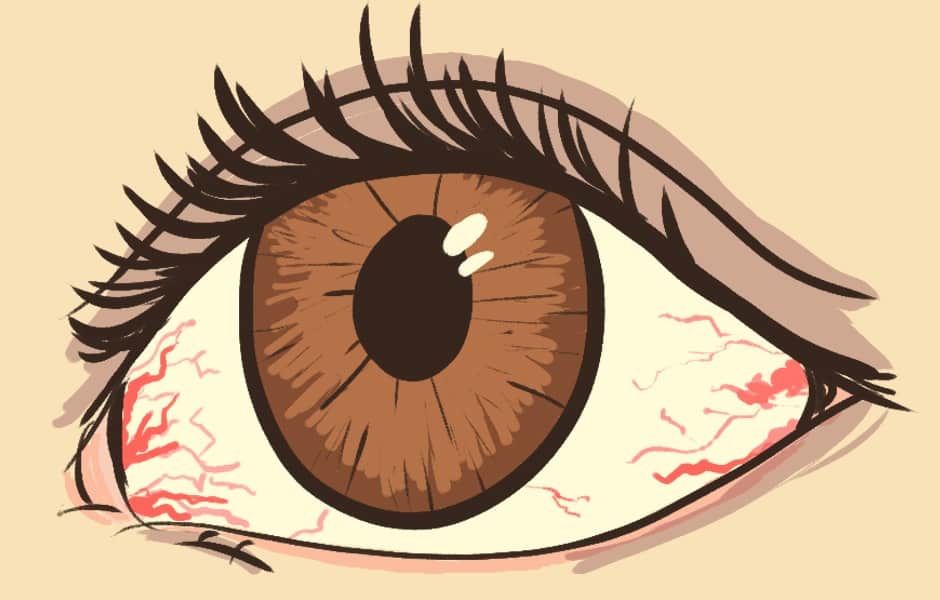Diabetes is a common disease with many detrimental effects — and vision loss due to retinopathy is only one of them. Diabetic retinopathy is a major cause of vision loss in many communities. However, researchers at the Samuel Lunenfeld Research Institute believe they have found a cure for retinopathy, by creating “Sticky-traps”.
Retinopathy is the result of abnormal blood vessel growth in the eyes. When these malformed vessels burst, there is a corresponding degradation of the retina, which is termed retinopathy. There can be many factors leading to growth of abnormal blood vessels, including diabetes, hypertension, and premature birth.
Researchers at the Samuel Lunenfeld Research Institute at Mount Sinai Hospital in Toronto have engineered a compound they refer to as a Sticky-trap, which will inhibit the growth of these malformed blood vessels (referred to as anti-angiogenesis). This will prevent their bursting and, consequently, deter retinal damage.
According to Andras Nagy, U of T researcher and the lead investigator of the article recently published in the journal EMBO Molecular Medicine, the trap consists of two main regions that make it function as it should. The first is a factor that inhibits growth (an anti-vascular endothelial growth factor, known as a anti-VEGF), which is the active part of the compound that does the “trapping.” The second is a domain that binds in the eye to ensure that the compound cannot escape into systemic circulation.
As with any kind of research, there may be multiple different options one could pursue in creating a treatment. In this case, one could have endeavoured to stop the flow of blood to the eyes completely, at risk, however, of total vision loss. However, Nagy says that if the malformed cells and blood vessels are targeted, the drug would be safe and effective.
The ingenuity of the Sticky-trap is that it is incredibly site-specific and Nagy’s trials demonstrate that it is safe to use. The drug is directly injected into the patient’s eye and works only at the site. If it does escape into circulation by any chance, it will be cleared quickly, as its half-life is short. This is due to the presence of a modified domain that cannot bind well to proteins outside the eye. The drug’s short half-life outside the eye is a large contributor to its safety, as systemic inhibition of a growth factor could prevent other, unrelated cells from growing properly. However, within the eye, the drug is stable for a longer period of time. According to Nagy, it is expected that patients will require the injection every two months.
Nagy’s lab is now focusing on the application of Sticky-traps in cancer-prevention. Tumours use growth factors to encourage the formation of blood vessels to feed the tumour. If these can be blocked, then it follows that the tumour has a lower chance of survival.
Research on using Sticky-traps in preventing retinopathy is still ongoing, and further clinical trials will need to be performed before the prospective treatment can reach the market. For those with diabetes, Sticky-traps may offer a promising cure for vision loss.
With files from EMBO Molecular Medicine and Lunenfeld Research.


